I don’t know if you still remember the news that a man was hospitalized with lung infection due to frequent smelling of his smelly socks.
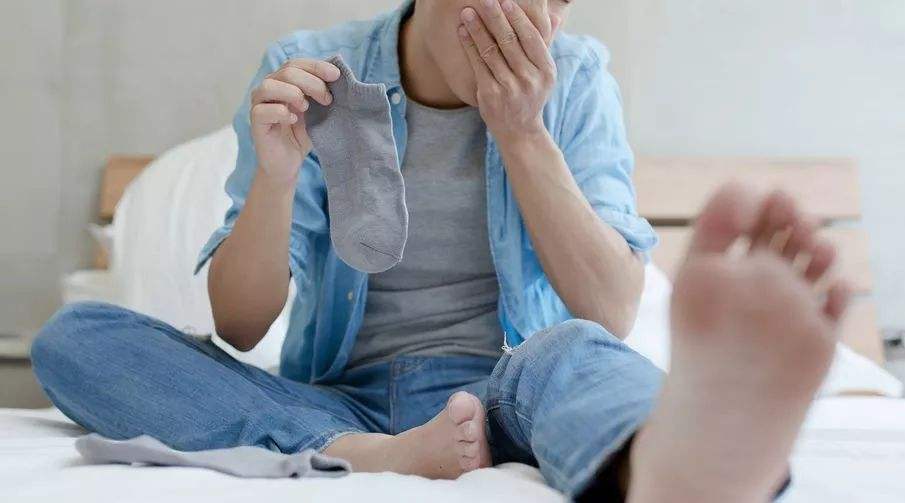
Although the subsequent proof is not the cause of the socks, in fact there are many bacteria attached to the socks.
Besides socks, in fact, there are many places in our life that are very dirty!
These places are far dirtier than you think!
1. Kitchen
Dishcloth, sponge, chopping board: These articles are easy to be stained with food residue, and it is difficult to dry due to long-term humidity. This is simply the culture medium for bacteria.
According to the White Paper on China’s Household Kitchen Hygiene Survey released by the Chinese Preventive Medicine Association, the highest total number of single bacteria in the collected rag sampling survey was as high as about 500 billion.
If you use such dishcloth to clean tableware, you can mend your brains…
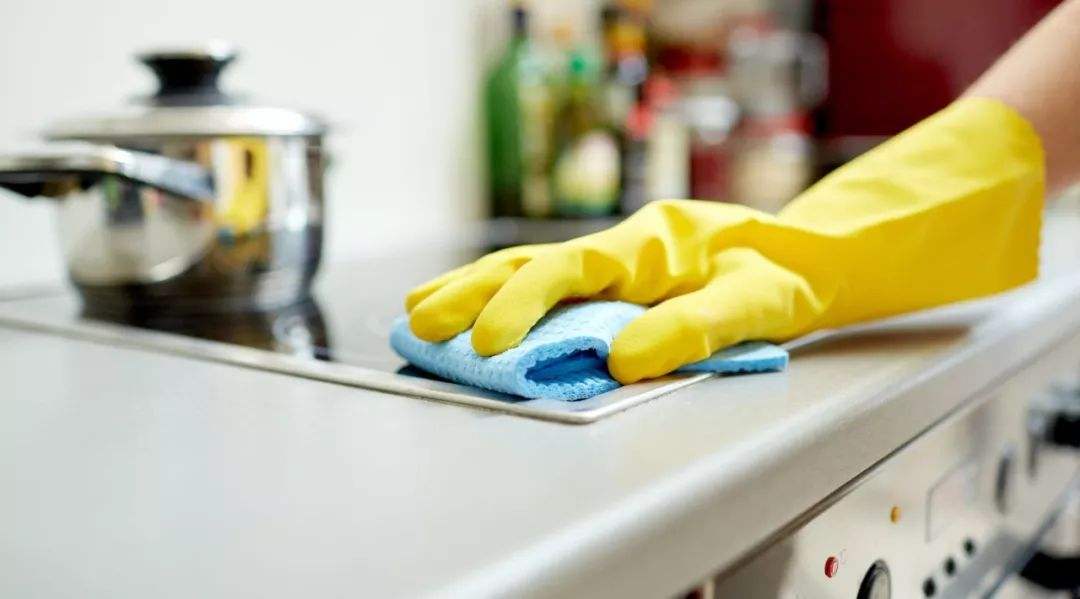
Chopsticks: A spot check conducted by the Food and Drug Safety Assessment Center of the League of Nations Quality Inspection in 16 years found that 6 of the 10 groups of families had excessive Escherichia coli on chopsticks and needed to be changed every two months……
If you don’t clean it up for a long time, let alone mold and bacteria, even mushrooms will grow.
2. Toilet
Toothbrush: Not clean! Although it is invisible to the naked eye, it is contaminated with food residue and bacteria in the oral cavity every day, accumulating over time.
Now you know why you advocate changing toothbrushes regularly…
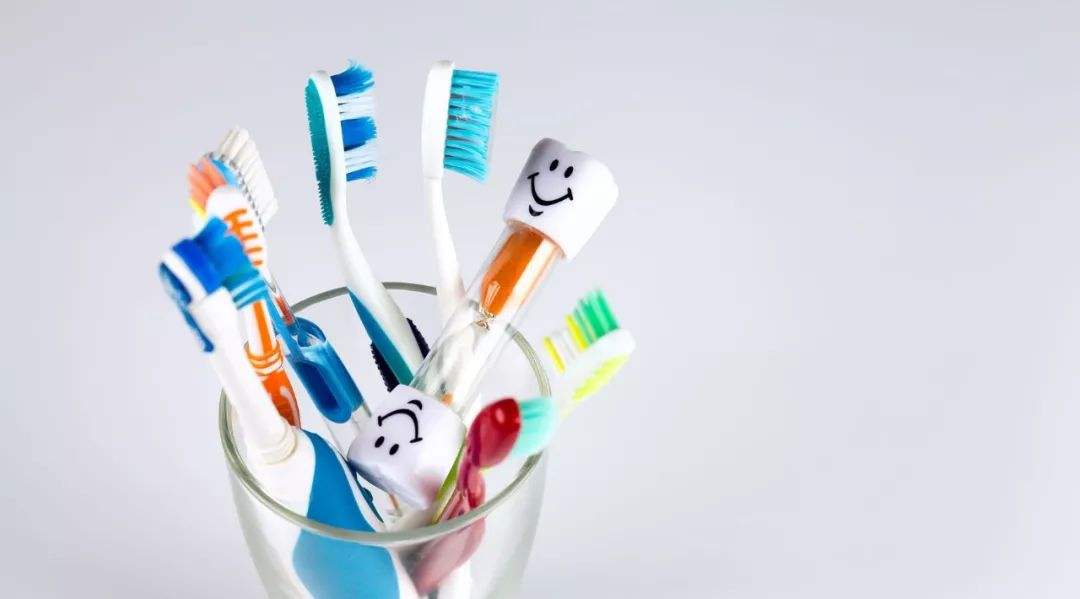
Bath ball: Warm and humid shower room is the favorite of bacteria. If you throw the bath ball in the shower room at will and do not dry it in time, it will easily become [bacteria ball].
3. Living room
Cushion: Some cushions are not convenient to remove and wash, and often become sanitary dead corners in the living room. If you don’t clean and dry for a long time, moldy inside is hard to avoid.
Toys played by babies are the hardest hit areas.
Pacifiers, bottles and plush toys are not only covered with baby saliva and bacteria, but also full of milk stains that allow bacteria to grow rapidly.
Especially plush toys, the filler inside may have gone moldy and blackened long ago. Can you rest assured that the baby will hold such toys?
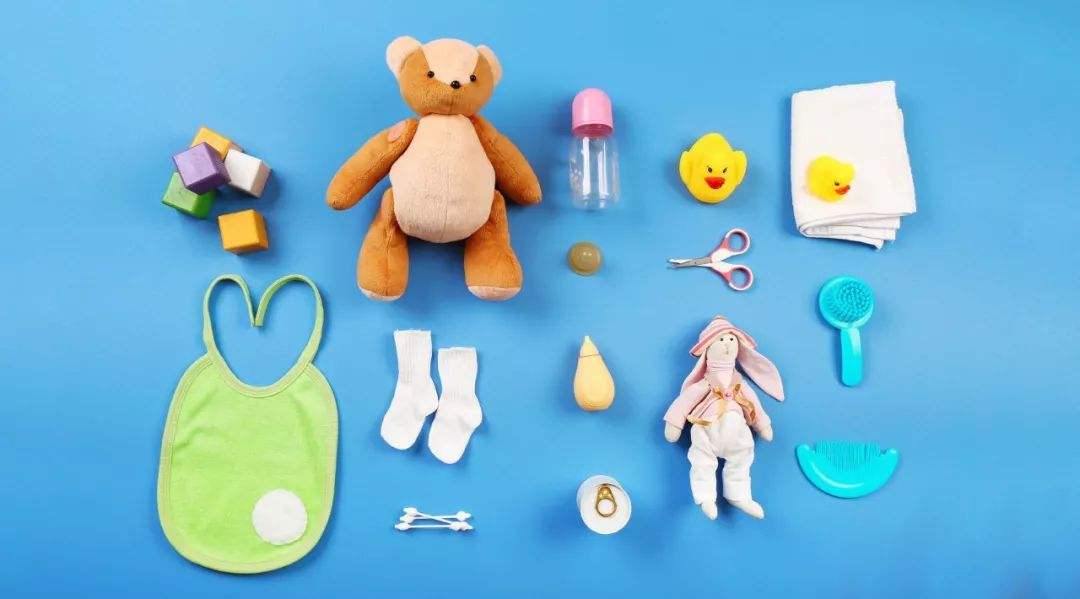
It turns out that these places are so dirty!
How can we clean it thoroughly? In general, we will recommend regular disinfection methods.
It is often mentioned that what is disinfection.
[Disinfection] is to kill pathogenic microorganisms in a special way. In daily life, the cleanest degree we can achieve is [disinfection].
Generally, it can be divided into physical methods, chemical methods and biological methods.
Physical method:
Mechanical disinfection: wash with flowing clear water, soap water, etc. to directly take away bacteria.
Thermal disinfection: boiling, high-temperature steam, etc. are used to solidify and inactivate pathogen proteins.
Optical disinfection: use ultraviolet rays, infrared rays and microwaves to destroy bacterial structures.
Chemical disinfection: (most commonly used)
Including various disinfectants commonly used by us, such as alcohol, hydrogen peroxide, bleaching powder, potassium permanganate, formalin, etc., which are respectively applied to different types of disinfection.
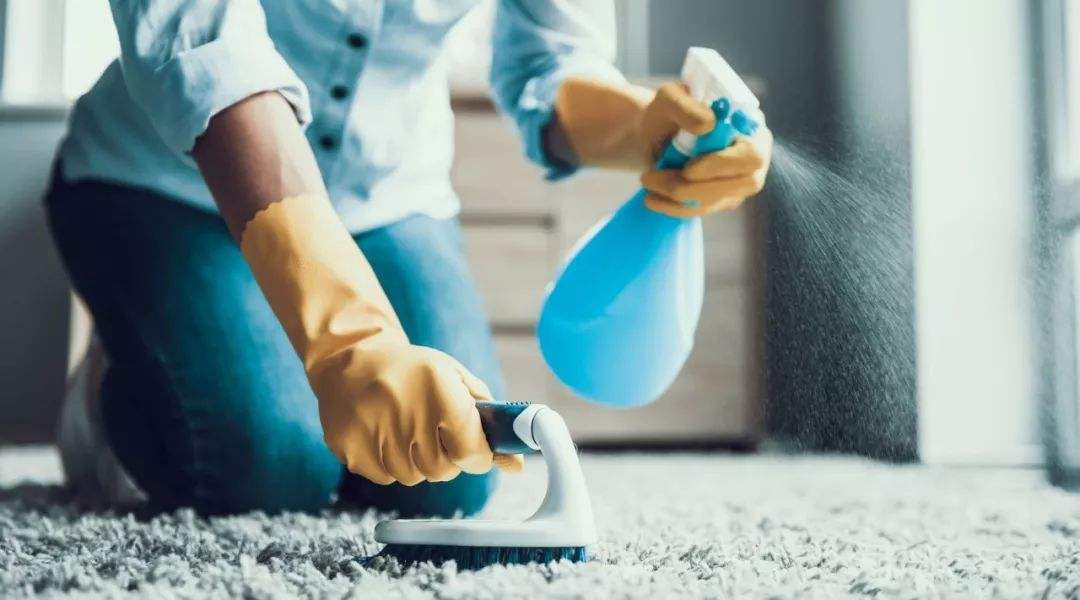
Biological disinfection:
It is relatively rare in life to use antibacterial microorganisms to fight bacteria.
What are the common disinfection methods in life?
1. Sun
No matter when, sun exposure is the first disinfection method that people think of.

Because ultraviolet rays are a very good sterilization weapon. The energy of ultraviolet rays is very large, and the beds in laboratories and hospitals are disinfected with ultraviolet lamps.
Although the sun is good, once it is separated by glass, the sterilization effect will be greatly reduced.
It is also often restricted by the weather. After all, it is not clear every day.
2. Boiled water
The most vivid example of life is using [hot water to iron tableware].
Although the posture is handsome and elegant enough. However, if you really want to achieve the purpose of sterilization, the temperature needs to reach 70 to 80 degrees Celsius and the time needs to be long enough.
This whole process is more like some kind of psychological comfort, just like a mysterious ceremony before eating.
3. Vinegar
The older generation often used [fumigated vinegar] to disinfect the whole room. Why vinegar? Because vinegar is available in every household…
Joking… mainly because acetic acid, the component contained in vinegar, has certain disinfection effect.
As an acidic substance, it can destroy the structure of pathogenic microorganisms. When acetic acid reaches a certain concentration, it can indeed play a role in sterilization.
However, once vinegar is gasified into the air in the form of [fumigated vinegar], the content of acidic substances will be greatly reduced, and the disinfection effect is actually very little.
4. Alcohol
After that, people began to use alcohol, electronic products, desktop labels, leather cloth cleaning… It appeared in many places.
Alcohol can absorb the water inside bacteria, dehydrate and solidify them, and lose their activity. And when the alcohol concentration is 75%, the bactericidal effect is the best.
However, alcohol is not easy to preserve, it will easily volatilize, the concentration will decrease, and the effect will also be weakened.
5. Hand sanitizer, detergent and hand-washing-free disinfectant
Later, people began to develop various chemical reagents for sterilization.
Such as hand sanitizer, detergent, etc.
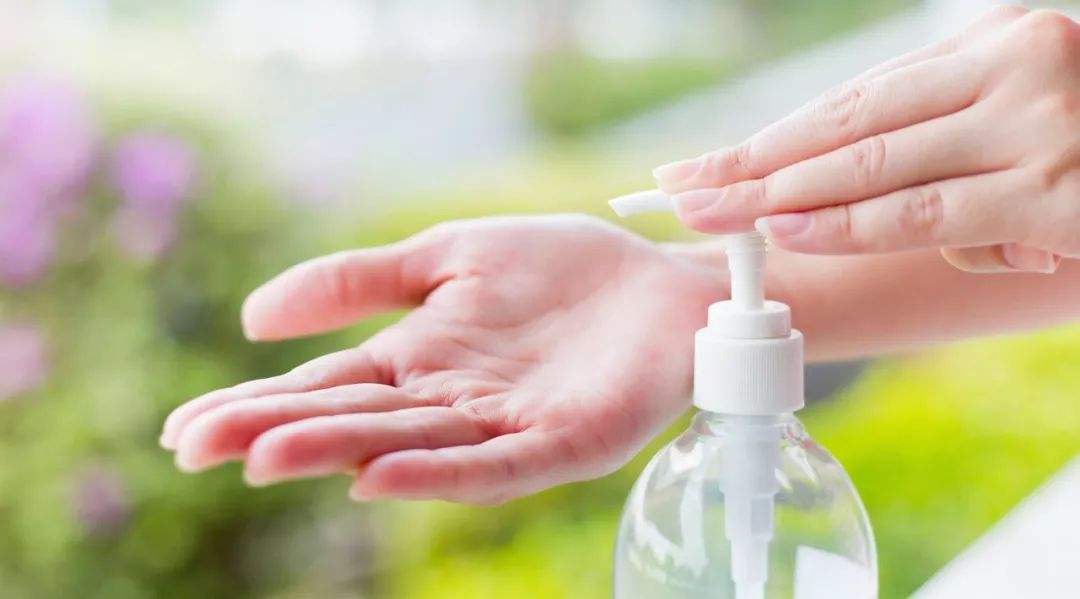
What they can do is actually-sterilization.
Bubbles generated by friction can help hands clean more thoroughly and then use flowing water to take away bacteria.
However, bleaching ingredients in some detergents are easy to remain on the skin, so be careful not to wash hands too frequently.
In addition, in order to better meet people’s disinfection needs, there are also disinfection products such as steam pots and disinfection cabinets on the market, each with its own advantages and disadvantages.
